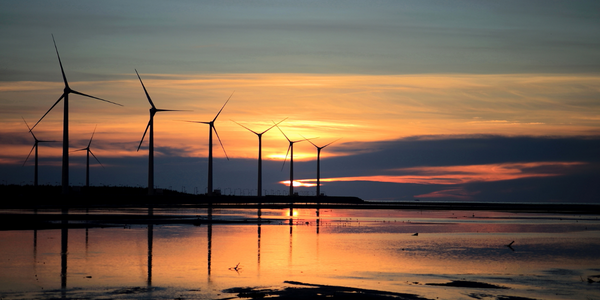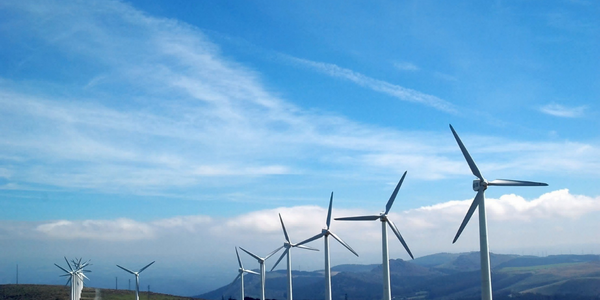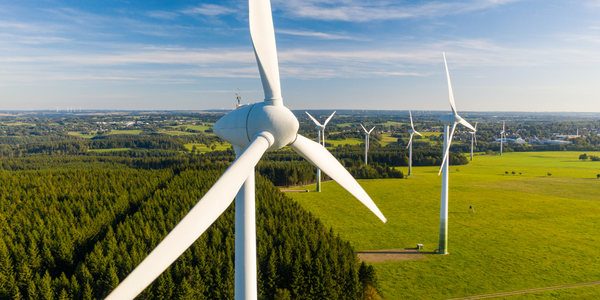公司规模
Large Corporate
地区
- Europe
国家
- Italy
产品
- Whirlpool Minerva Oven
技术栈
- Finite Element Analysis (FEA)
- Multiphysics Analysis
实施规模
- Enterprise-wide Deployment
影响指标
- Energy Saving
- Environmental Impact Reduction
- Innovation Output
技术
- 分析与建模 - 数字孪生/模拟
- 分析与建模 - 预测分析
适用行业
- 消费品
- 可再生能源
适用功能
- 产品研发
- 质量保证
用例
- 能源管理系统
- 质量预测分析
- 数字孪生
服务
- 软件设计与工程服务
- 系统集成
关于客户
Whirlpool Corporation is the world’s largest home appliance manufacturer, known for its innovative and sustainable technologies. The company is committed to enhancing the resource efficiency of its products, particularly domestic ovens, which have significant room for improvement in terms of energy consumption. Whirlpool's R&D team in Italy is actively involved in the GREENKITCHEN® project, a European initiative aimed at developing energy-efficient home appliances with reduced environmental impact. The team is focused on studying the energy consumption of ovens by exploring heat transfer processes and testing new materials, manufacturing methods, and thermal element designs. Their goal is to reduce the energy consumption of Whirlpool’s ovens by 20 percent, contributing to a significant reduction in CO2 emissions and annual electricity usage in European residential homes.
挑战
In terms of energy consumption, ovens have the most room for improvement of any appliance in the kitchen, with only 10 to 12 percent of the total energy expended used to heat the food being prepared. This is one of the reasons why Whirlpool Corporation, the world’s largest home appliance manufacturer, is exploring new solutions for enhancing the resource efficiency of their domestic ovens. Using a combination of experimental testing and finite element analysis (FEA), Whirlpool engineers are seeking solutions to improve energy efficiency by exploring new options for materials, manufacturing, and thermal element design. In partnership with the GREENKITCHEN® project, a European initiative that supports the development of energy-efficient home appliances with reduced environmental impact, researchers at Whirlpool R&D (Italy) are studying the energy consumption of their ovens by exploring the heat transfer processes of convection, conduction, and radiation. “Multiphysics analysis allows us to better understand the heat transfer process that occurs within a domestic oven, as well as test innovative strategies for increasing energy efficiency,” says Nelson Garcia-Polanco, Research and Thermal Engineer at Whirlpool R&D working on the GREENKITCHEN® project. “Our goal is to reduce the energy consumption of Whirlpool’s ovens by 20 percent.”
解决方案
Whirlpool Corporation's R&D team, in collaboration with the GREENKITCHEN® project, is using a combination of experimental testing and finite element analysis (FEA) to explore new solutions for improving the energy efficiency of domestic ovens. The team is studying the heat transfer processes of convection, conduction, and radiation within the oven to better understand how to enhance energy efficiency. They created a model of Whirlpool’s Minerva oven to simulate its thermal performance during the standard 'brick test' used in the European Union to measure energy consumption. The simulation took into account various factors such as the emissivity of the glass door, the thickness of the walls, and the material properties of the walls. By comparing the simulation results with actual experimental data, the team was able to verify the accuracy of their model. This accurate simulation allows Whirlpool’s team to confidently test new design ideas and optimize the use of energy resources in the oven, ultimately leading to a robust, energy-efficient design for the European market.
运营影响
数量效益

Case Study missing?
Start adding your own!
Register with your work email and create a new case study profile for your business.
相关案例.

Case Study
Remote Monitoring & Predictive Maintenance App for a Solar Energy System
The maintenance & tracking of various modules was an overhead for the customer due to the huge labor costs involved. Being an advanced solar solutions provider, they wanted to ensure early detection of issues and provide the best-in-class customer experience. Hence they wanted to automate the whole process.

Case Study
Vestas: Turning Climate into Capital with Big Data
Making wind a reliable source of energy depends greatly on the placement of the wind turbines used to produce electricity. Turbulence is a significant factor as it strains turbine components, making them more likely to fail. Vestas wanted to pinpoint the optimal location for wind turbines to maximize power generation and reduce energy costs.
.png)
Case Study
Improving Vending Machine Profitability with the Internet of Things (IoT)
The vending industry is undergoing a sea change, taking advantage of new technologies to go beyond just delivering snacks to creating a new retail location. Intelligent vending machines can be found in many public locations as well as company facilities, selling different types of goods and services, including even computer accessories, gold bars, tickets, and office supplies. With increasing sophistication, they may also provide time- and location-based data pertaining to sales, inventory, and customer preferences. But at the end of the day, vending machine operators know greater profitability is driven by higher sales and lower operating costs.

Case Study
Siemens Wind Power
Wind provides clean, renewable energy. The core concept is simple: wind turbines spin blades to generate power. However, today's systems are anything but simple. Modern wind turbines have blades that sweep a 120 meter circle, cost more than 1 million dollars and generate multiple megawatts of power. Each turbine may include up to 1,000 sensors and actuators – integrating strain gages, bearing monitors and power conditioning technology. The turbine can control blade speed and power generation by altering the blade pitch and power extraction. Controlling the turbine is a sophisticated job requiring many cooperating processors closing high-speed loops and implementing intelligent monitoring and optimization algorithms. But the real challenge is integrating these turbines so that they work together. A wind farm may include hundreds of turbines. They are often installed in difficult-to-access locations at sea. The farm must implement a fundamentally and truly distributed control system. Like all power systems, the goal of the farm is to match generation to load. A farm with hundreds of turbines must optimize that load by balancing the loading and generation across a wide geography. Wind, of course, is dynamic. Almost every picture of a wind farm shows a calm sea and a setting sun. But things get challenging when a storm goes through the wind farm. In a storm, the control system must decide how to take energy out of gusts to generate constant power. It must intelligently balance load across many turbines. And a critical consideration is the loading and potential damage to a half-billion-dollar installed asset. This is no environment for a slow or undependable control system. Reliability and performance are crucial.

Case Study
Remote Monitoring and Control for a Windmill Generator
As concerns over global warming continue to grow, green technologies are becoming increasingly popular. Wind turbine companies provide an excellent alternative to burning fossil fuels by harnessing kinetic energy from the wind and converting it into electricity. A typical wind farm may include over 80 wind turbines so efficient and reliable networks to manage and control these installations are imperative. Each wind turbine includes a generator and a variety of serial components such as a water cooler, high voltage transformer, ultrasonic wind sensors, yaw gear, blade bearing, pitch cylinder, and hub controller. All of these components are controlled by a PLC and communicate with the ground host. Due to the total integration of these devices into an Ethernet network, one of our customers in the wind turbine industry needed a serial-to-Ethernet solution that can operate reliably for years without interruption.








